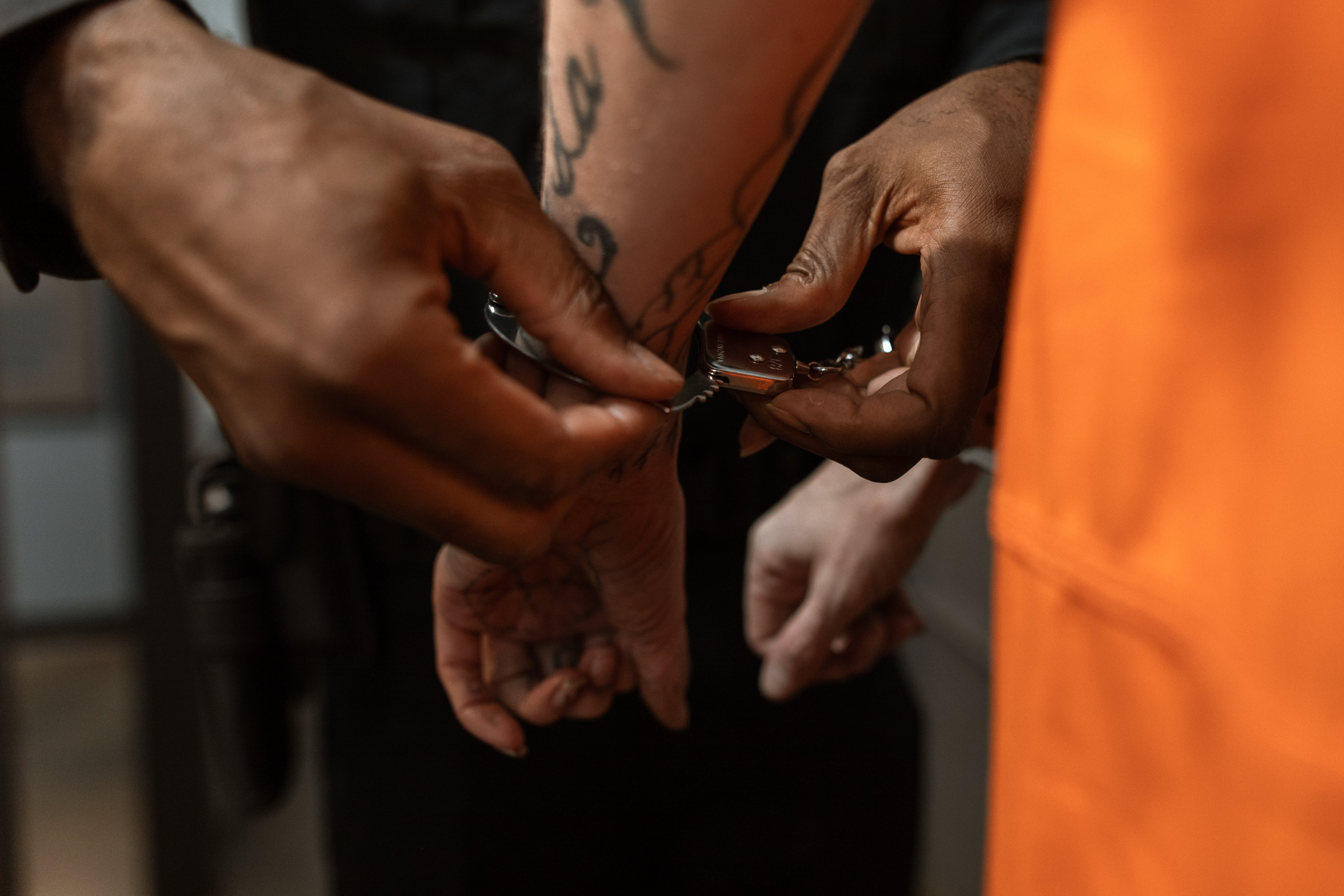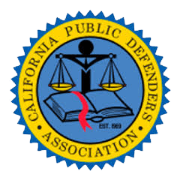
Imagining the horror of being ensnared in an unending nightmare, where one’s home should be a refuge but instead becomes a warzone — this is the sobering truth of domestic violence. A life where your home, the one place meant for safety and comfort, morphs into a battlefield.
That is the chilling reality of domestic violence. It’s not just punches or slaps; it’s controlling behavior that keeps someone on constant edge.
You might think you know domestic violence when you see it, but how much do we truly understand this hidden epidemic?
In this guide, we’ll unravel the complexities behind abusive relationships – those intimate partner ties shrouded in power play and fear. We’ll dig deep into physical violence assaults to emotional scars inflicted through verbal abuse.
this critical issue. It’s for those trapped and seeking a way out, or anyone wanting to be an ally by learning more about this complex problem.
Table Of Contents:
- Understanding Domestic Violence Charges in California
- Types and Dynamics of Domestic Violence
- Consequences and Impact of Domestic Violence
- Seeking Help Against Domestic Violence
- Legal Defense Against Domestic Violence Charges
- Prevention and Education on Domestic Violence
- Domestic Violence in Different Communities
- Role of Technology in Domestic Violence Cases
- California Laws and Resources on Domestic Violence
- Conclusion
Understanding Domestic Violence Charges in California
If you’re facing accusations of domestic violence, it’s crucial to get the right legal help. In California, domestic violence charges are taken seriously and carry severe penalties.
The law defines this as a pattern of abusive behavior used by one partner to gain or maintain power over another intimate partner. It doesn’t only refer to physical assault but includes emotional abuse, sexual abuse, and economic abuse too.
Working with an experienced criminal attorney can make all the difference in your case. A skilled legal representative can provide invaluable assistance, defending your interests and safeguarding you throughout the entire process.
Types and Dynamics of Domestic Violence
Domestic violence manifests in various forms, often interlinked, creating a complex pattern of abusive behavior. One common form is physical abuse, involving actions causing physical harm.
Abusive Behavior in Intimate Partner Relationships
In intimate partner relationships, abuse isn’t always physical. Emotional and psychological abuses are equally damaging but harder to recognize signs. This type of abuse includes tactics such as manipulation, humiliation, or isolation from family members.
Verbal Abuse in Abusive Relationships
Beyond the visible scars lies another layer – verbal abuse. This includes insults or threats that degrade and control the victim psychologically; it’s a powerful weapon wielded by abusers to assert dominance over their victims.
Consequences and Impact of Domestic Violence
Domestic violence has profound impacts on victims, often leading to physical injury and psychological trauma. From broken bones to emotional scars, the effects are long-lasting.
The harm extends beyond the victim. Children who grow up witnessing domestic violence, for example, face a higher risk of becoming future victims or abusers themselves.
This cycle can only be stopped through awareness, understanding its signs, offering help to those in need, and holding offenders accountable.
Seeking Help Against Domestic Violence
If you or someone close to you is a victim of domestic violence, it’s essential to know that assistance is available. One of the most valuable resources for victims is the National Domestic Violence Hotline. This service offers not only immediate assistance but also provides guidance on safety planning measures.
This hotline ensures privacy with its safe browsing experience and quick exit option if needed. It’s okay to ask for help; remember, everyone has the right to live free from fear and abuse.
Legal Defense Against Domestic Violence Charges
If you’re facing domestic violence charges, it’s critical to start building a strong defense right away. But, this can feel overwhelming and confusing without proper help.
An experienced criminal attorney knows the ins and outs of domestic violence laws in California. They can guide you through each step of your case, from understanding the charges against you to navigating court proceedings.
OVW’s Archive offers valuable resources for those accused. Don’t let these accusations define your future; seek professional assistance now.
Prevention and Education on Domestic Violence
Addressing the root causes of domestic violence is crucial to breaking its cycle. Understanding power dynamics, promoting healthy relationships, and encouraging respectful communication can help prevent abusive behavior.
Support Programs for Abusers
We need programs that help abusers break their cycle of violence. The OVW’s Archive offers a variety of support programs, providing tools to recognize and change violent behavior.
Educating Communities About Domestic Violence
Education plays an essential role in preventing domestic violence. It helps people identify signs of abuse early on, giving them the courage to step up or reach out for help when needed.
Domestic Violence in Different Communities
Abuse knows no boundaries. Domestic violence has no preference for race, gender identity, or any other distinguishing factor; it affects people from all backgrounds. It’s crucial to understand the nuances that exist within different communities.
In black communities, for example, a mix of systemic factors can often exacerbate domestic abuse situations. Victims may face unique barriers when seeking help due to societal prejudices and lack of resources. StrongHearts Native Helpline provides invaluable support tailored specifically for Native American victims.
LGBTQ+ individuals also grapple with high rates of intimate partner violence. Here too, fear and stigma often prevent victims from reporting the abuse they suffer.
Role of Technology in Domestic Violence Cases
Technology has become a two-sided weapon in the arena of domestic violence. On one hand, it offers victims resources and means to seek help. For instance, the Quick Exit feature allows victims to leave websites swiftly if they fear detection.
However, abusers can also misuse technology for online harassment or stalking. They might monitor phone calls or use GPS tracking on devices without consent. It’s important that we recognize these signs and educate ourselves about digital safety measures against such abusive behavior.
California Laws and Resources on Domestic Violence
When it comes to California laws on domestic violence, understanding your rights is crucial.
You can contact the National Domestic Violence Hotline at 1-800-799-SAFE (7233) or report abuse to law enforcement for help and protection.
If you’re a victim, various resources are available in California for help. Services like counseling, shelter facilities, legal aid and more are there for support.
Conclusion
Unraveling the horrors of domestic violence isn’t easy. But it’s a step we must take to truly comprehend its profound impact and identify ways to prevent this devastating issue.
The range of abuse, from physical harm to psychological trauma, shows us how complex and deeply rooted this problem is. Recognizing signs early can be lifesaving.
In times of crisis, resources like the National Domestic Violence Hotline are there for help. And remember: legal defense plays a crucial role when charges arise.
Education and community support are vital in tackling root causes and promoting healthy relationships. Remember that everyone has a part in this fight – you included.
All these layers make up our understanding about domestic violence – an understanding we all need if we’re going to put an end to it once and for all.





